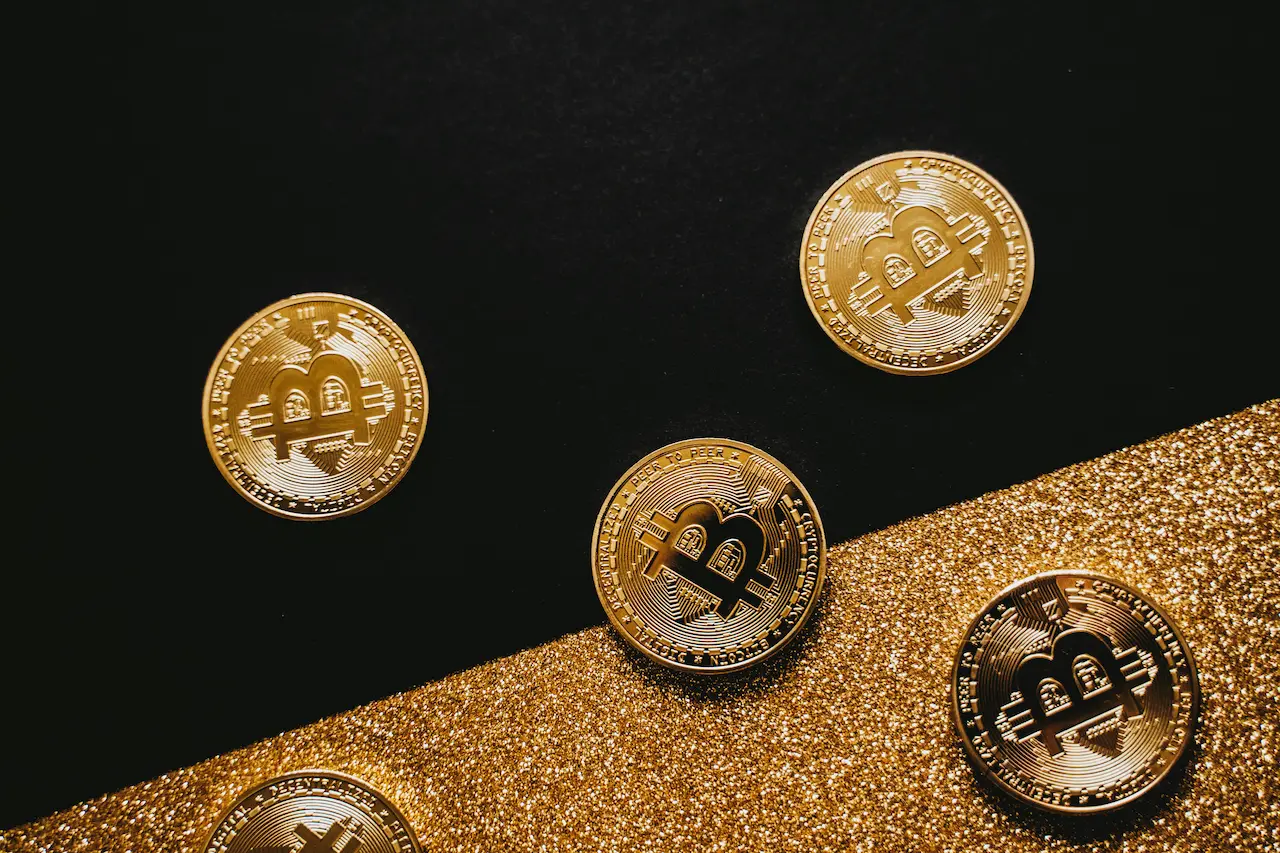Buy Bitcoin
Ready to Start Your Bitcoin Investment Journey?
Investing in Bitcoin can be a rewarding experience, but it’s important to do it safely and securely. Here’s a step-by-step guide to help you buy Bitcoin with confidence.
Step 1: Choose a Reliable Exchange
Selecting the Right Platform

To buy Bitcoin, you first need to choose a trustworthy cryptocurrency exchange. Here are some of the most popular and reliable options:
- Coinbase
- Pros: User-friendly interface, high security, ideal for beginners.
- Cons: Higher fees compared to other exchanges.
- Website: Coinbase
2. Binance
- Pros: Wide range of cryptocurrencies, advanced trading features, low fees.
- Cons: Can be complex for beginners, regulatory issues in some countries.
- Website: Binance
3. Kraken
- Pros: Robust security measures, comprehensive trading options, supports multiple fiat currencies.
- Cons: Slightly steeper learning curve for beginners.
- Website: Kraken
Choose an exchange based on your experience level, the features you need, and the fees you’re willing to pay.
Step 2: Create an Account
Getting Started
- Sign Up:
- Visit the website of your chosen exchange and sign up for an account.
- Provide your email address and create a strong password.
2. Verification:
- Complete the identity verification process, which typically involves submitting a government-issued ID and a selfie.
- This step ensures compliance with regulatory requirements and enhances security.
3. Secure Your Account
- Enable two-factor authentication (2FA) to add an extra layer of security to your account.
- Use a strong, unique password and consider using a password manager.

Step 3: Secure Your Wallet
Protecting Your Investment

Before buying Bitcoin, set up a secure wallet to store your digital assets. There are different types of wallets to consider:
- Hardware Wallets:
- Examples: Ledger Nano S, Trezor Model T
- Pros: Offline storage, high security, immune to online hacks.
- Cons: Initial cost, less convenient for frequent transactions.
- Where to Buy: Official websites or reputable retailers.
2. Software Wallets:
- Examples: Exodus, Electrum
- Pros: Free, user-friendly, convenient for frequent transactions.
- Cons: Online storage, more vulnerable to hacking than hardware wallets.
- Where to Download: Official websites or app stores.
3. Mobile Wallets:
- Examples: Mycelium, Trust Wallet
- Pros: Convenient, accessible on-the-go, supports multiple cryptocurrencies.
- Cons: Less secure than hardware wallets, risk of mobile device theft.
- Where to Download: App stores.
Choose a wallet that balances security and convenience based on your needs.
Step 4: Make Your Purchase
Buying Bitcoin
- Deposit Funds:
- Link your bank account, credit card, or other payment methods to your exchange account.
- Deposit the amount you wish to invest in Bitcoin.
2. Place an Order:
- Navigate to the buy section on the exchange platform.
- Select Bitcoin and enter the amount you wish to purchase.
- Review the transaction details, including fees, and confirm your purchase.
3. Transfer to Wallet:
- Once the purchase is complete, transfer your Bitcoin from the exchange to your personal wallet.
- This step ensures your Bitcoin is securely stored and not vulnerable to potential exchange hacks.

Step 5: Secure Your Investment
Ensuring Long-Term Security

- Enable Two-Factor Authentication (2FA):
- Activate 2FA on your exchange and wallet accounts to enhance security.
2. Backup Your Wallet:
- Regularly back up your wallet’s private keys or seed phrase and store them in a secure location.
- Consider using multiple backups in different secure locations.
3. Stay Informed:
- Keep up with the latest security practices and updates from your wallet and exchange providers.
- Be cautious of phishing attempts and scams.
Additional Tips
Maximizing Your Bitcoin Investment
- Dollar-Cost Averaging (DCA):
- Instead of investing a large sum at once, consider buying Bitcoin in smaller, regular increments. This strategy helps mitigate the impact of market volatility.
2. Research and Stay Informed:
- Continuously educate yourself about Bitcoin and the broader cryptocurrency market. Follow reputable sources and stay updated with the latest news and trends.
3. Diversify Your Investments:
- While Bitcoin is a strong asset, consider diversifying your portfolio with other cryptocurrencies and traditional investments to spread risk.
